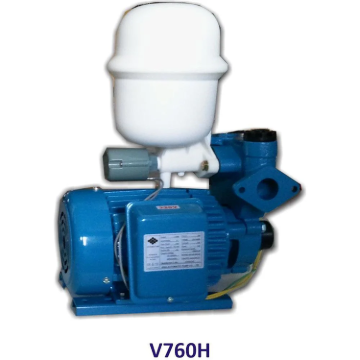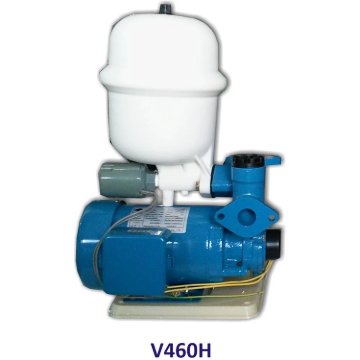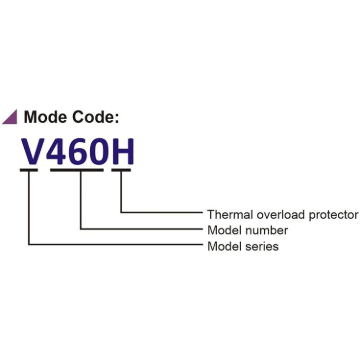Pump Motor
Deli Sewage Submersible Pump EDL-WQD750-E1
EDL-WQD750-E1
EDL-WQD750-E1 Deli Sewage Submersible Pump 750W 1HP
₱15,868.00 ₱7,934.00
LEO DEEP WELL JET PUMP CAST IRON HEAD 1HP
LOAJDM75/2H
LEO DEEP WELL JET PUMP CAST IRON HEAD 1HP LOAJDM75/2H
₱13,500.00
LEO GASOLINE ENGINE WATER PUMP 5.5 HP
LOLGP20A
LEO GASOLINE ENGINE WATER PUMP 5.5 HP LOLGP20A
₱17,500.00
LEO GASOLINE ENGINE WATER PUMP 6.5 HP
LOLGP30A
LEO GASOLINE ENGINE WATER PUMP 6.5 HP LOLGP30A
₱18,500.00
LEO SELF-PRIMING WATER PERIPHERAL PUMP 1/6 HP
LOLKSM130
LEO SELF-PRIMING WATER PERIPHERAL PUMP 1/6 HP LOLKSM130
₱6,800.00
LEO SHALLOW WELL JET PUMP CAST IRON HEAD 1.5HP
LOAJM110
LEO SHALLOW WELL JET PUMP CAST IRON HEAD 1.5HP LOAJM110
₱16,200.00
LEO SHALLOW WELL JET PUMP CAST IRON HEAD 1/2HP
LOAJM45
LEO SHALLOW WELL JET PUMP CAST IRON HEAD 1/2HP LOAJM45
₱7,000.00
LEO SHALLOW WELL JET PUMP CAST IRON HEAD 1HP
LOAJM75
LEO SHALLOW WELL JET PUMP CAST IRON HEAD 1HP LOAJM75
₱9,800.00
LEO SHALLOW WELL JET PUMP CAST IRON HEAD 2HP
LOAJM150
LEO SHALLOW WELL JET PUMP CAST IRON HEAD 2HP LOAJM150
₱17,500.00
LEO SHALLOW WELL JET PUMP CAST IRON HEAD 3/4HP
LOAJM60
LEO SHALLOW WELL JET PUMP CAST IRON HEAD 3/4HP LOAJM60
₱9,600.00
LEO SHALLOW WELL JET PUMP STAINLESS STEEL HEAD 1HP
LOAJM75S
LEO SHALLOW WELL JET PUMP STAINLESS STEEL HEAD 1HP LOAJM75S
₱9,500.00
LEO SUBMERSIBLE GARDEN WATER PUMP 750W
LOLKS750PSW
LEO SUBMERSIBLE GARDEN WATER PUMP 750W LOLKS750PSW
₱7,200.00
LEO SUBMERSIBLE PUMP SEWAGE 0.6 HP
LOXSP1285/045I
LEO SUBMERSIBLE PUMP SEWAGE 0.6 HP LOXSP1285/045I
₱13,000.00
LEO SUBMERSIBLE PUMP SEWAGE 1 HP
LOXSP1812/075I
LEO SUBMERSIBLE PUMP SEWAGE 1 HP LOXSP1812/075I
₱15,500.00
LEO SUBMERSIBLE STAINLESS STEEL WATER PUMP 2 HP
LOXQS632/15I
LEO SUBMERSIBLE STAINLESS STEEL WATER PUMP 2 HP LOXQS632/15I
₱23,000.00
LEO WATER PUMP JET TYPE 1/2 HORSE POWER CAST IRON HEAD (3.0)
LOAJM45S
LEO WATER PUMP JET TYPE 1/2 HORSE POWER CAST IRON HEAD (3.0) LOAJM45S
₱6,900.00
LEO WATER PUMP JET TYPE 3/4 HORSE POWER STAINLESS STEEL HEAD (3.0)
LOAJM60S
LEO WATER PUMP JET TYPE 3/4 HORSE POWER STAINLESS STEEL HEAD (3.0) LOAJM60S
₱8,600.00
Wilo Duplex Inverter Booster Pump System PBI-L Series
PBI-LDR402MA, PBI-LD403MA, PBI-LD803MA, PBI-LD404MA
Wilo Duplex Inverter Booster Pump System PBI-L Series PBI-LDR402MA, PBI-LD403MA, PBI-LD803MA, PBI-LD404MA Duplex Inverter Booster SystemPBI-L Series Model PBI-LD402MA PBI-LD403MA PBI-LD803MA PBI-LD404MA Power Output KW (HP) 1 x 2 1.5 x 2 2.5 x 2 2 x 2...
From ₱21,801.00
Deli Sewage Submersible Pump EDL-WQD1100-E1
EDL-WQD1100-E1
EDL-WQD1100-E1 Deli Sewage Submersible Pump 1100W 1.5HP
₱18,958.00 ₱9,479.00
WILO DUPLEX / TRIPLEX INVERTER BOOSTER SYSTEM MHIKE SERIES
MHIKE-D404A, W804UA , T804UA
WILO DUPLEX / TRIPLEX INVERTER BOOSTER SYSTEM MHIKE SERIES Wilo Duplex / Triple Inverter Booster Pump System MHIKE Series Simplex Inverter Booster SystemMhike Series Model MHIKE-D404A MHIKE-W804UA MHIKE-T804UA Power Output (HP x Unit) 2 x 2 3.3 x 2 3.3 x 3 Power Supply (V/Hz)... Vendor: Wilo Availability: In Stock Product Type: Water Pump
₱850,500.00 From ₱325,001.00
Deli Sewage Submersible Pump EDL-WQD1500-E1
EDL-WQD1500-E1
EDL-WQD1500- E1 Deli Sewage Submersible Pump 1500W 2HP
₱20,648.00 ₱10,324.00
AUTO BOOSTER PUMP EVERGUSH
V460H, V760H
AUTO BOOSTER PUMP EVERGUSH V- SERIES MODELS : V460H - V760H * Equipped with made in japan pressure switch * Equipped with thermal protector
From ₱8,701.00
ZEKOKI DIESEL ENGINE WATER PUMP
ZKK-20D-107 , ZKK-30D-178F , ZKK-40D-186F
ZEKOKI DIESEL ENGINE WATER PUMP ZKK-20D-107 , ZKK-30D-178F , ZKK-40D-186F
From ₱14,101.00
- 1
- 2










































